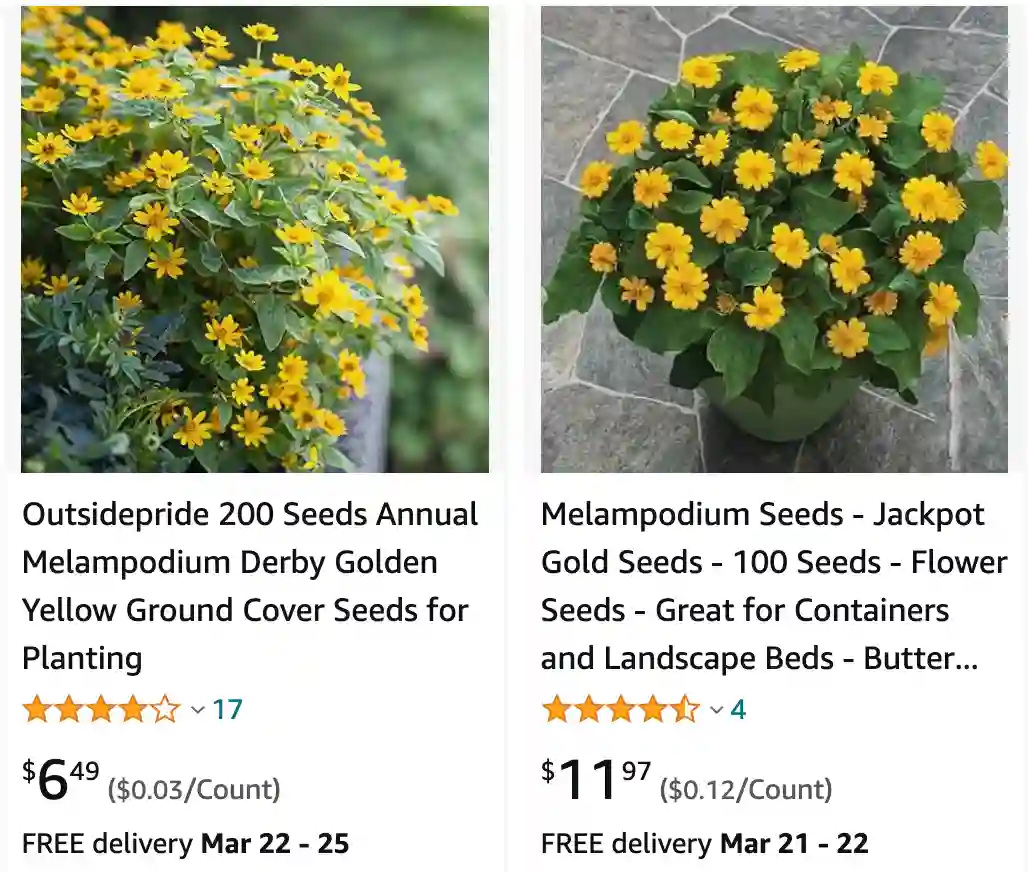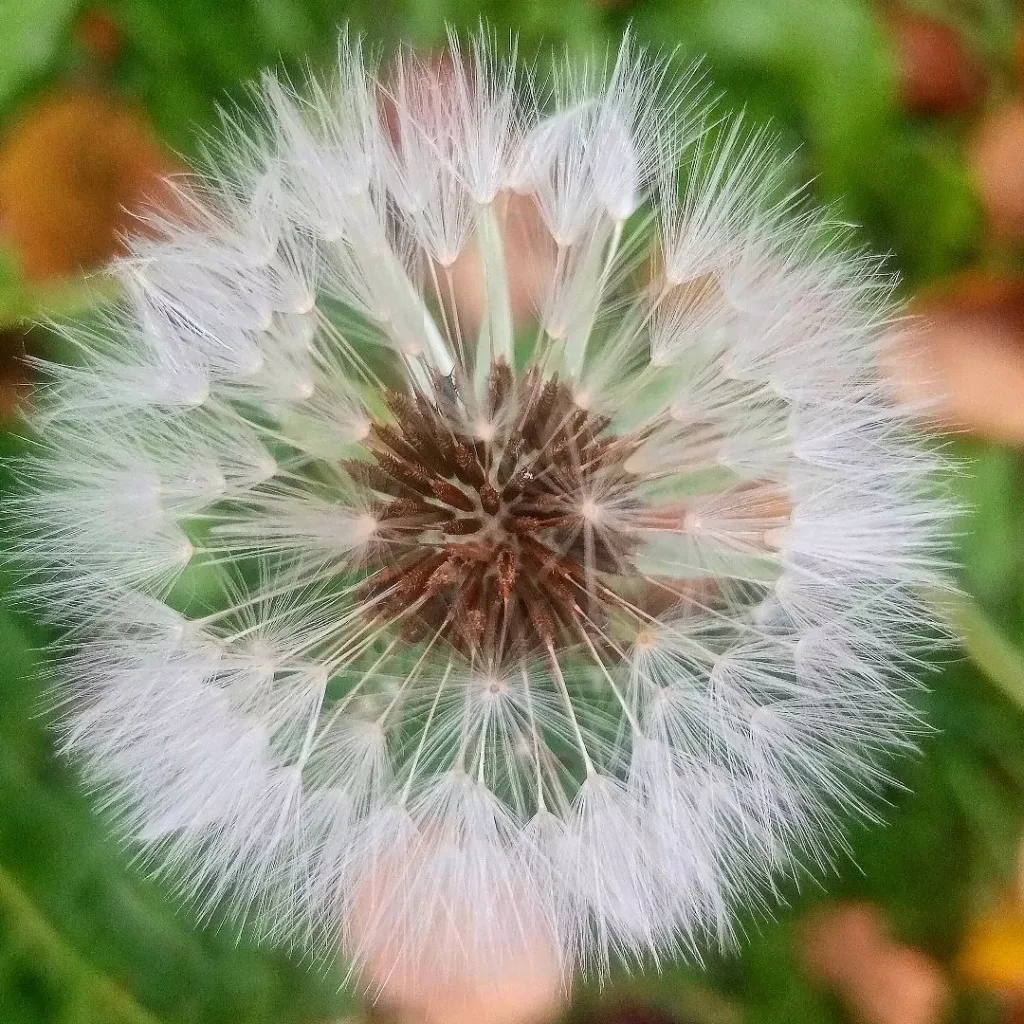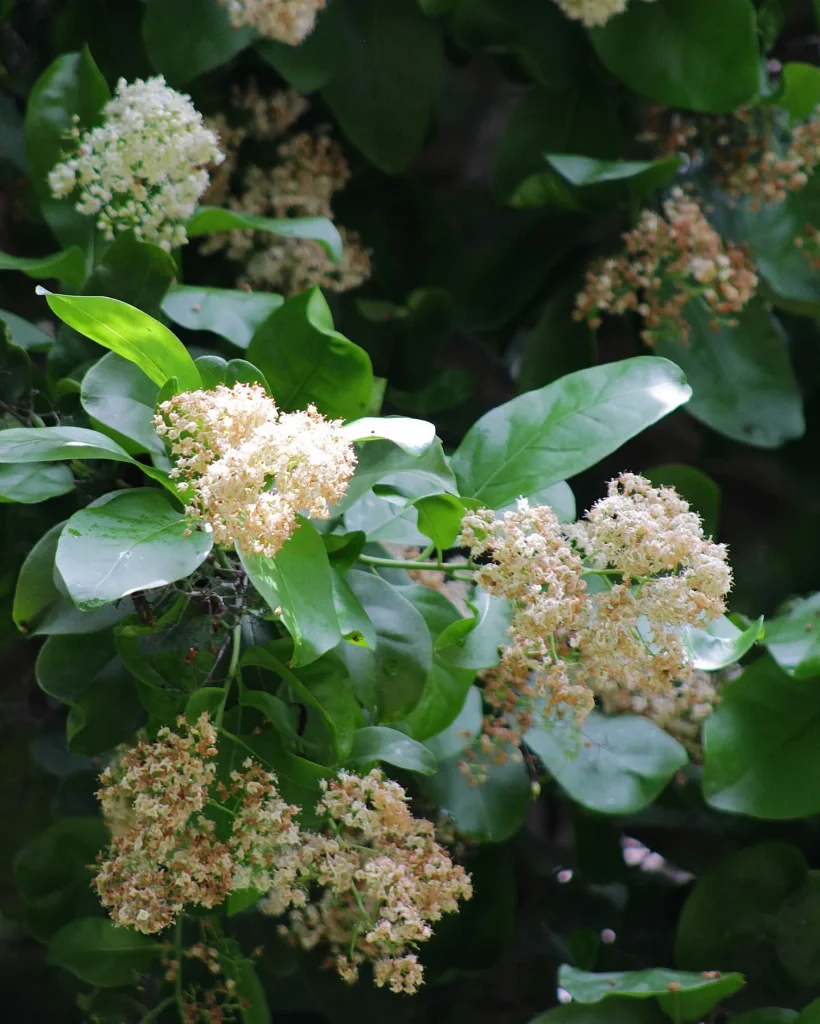
Melampodium: A Cheerful Little Flower for Sunny Gardens
I’ve always been drawn to cheerful, sun-loving flowers, and few fit that description better than the Melampodium. These delightful plants, with their bright yellow blooms and easygoing nature, are a staple in my garden. They bring a touch of sunshine to any space and require minimal effort to thrive. Let me tell you more about this charming genus.
What is Melampodium?
Melampodium is a genus of flowering plants belonging to the Asteraceae family, the same family that includes sunflowers and daisies. Native to Central America, South America, and the southern parts of North America, these plants are known for their abundant, small, daisy-like flowers, typically a vibrant yellow. The genus name, Melampodium, is derived from the Greek words “melas,” meaning black, and “podion,” meaning foot, possibly referring to the dark color at the base of the plant’s stems.
These plants are typically annuals, meaning they complete their life cycle in a single growing season. They are relatively low-growing, usually reaching a height of one to two feet, making them perfect for borders, edging, and container gardening. Their compact growth habit and prolific blooming make them excellent fillers in garden beds, adding a splash of color wherever they’re planted.
Species in Melampodium
The Melampodium genus boasts a variety of species, each with its unique characteristics. Here are:
- Melampodium americanum L.
- Melampodium appendiculatum B.L.Rob.
- Melampodium arenicola B.L.Rob.
- Melampodium argophyllum S.F.Blake
- Melampodium aureum Brandegee
- Melampodium bibracteatum S.Watson
- Melampodium cinerascens S.F.Blake
- Melampodium cinereum DC.
- Melampodium cornutum S.F.Blake
- Melampodium costaricense Stuessy
- Melampodium cupulatum A.Gray
- Melampodium dicoelocarpum B.L.Rob.
- Melampodium divaricatum (Rich.) DC.
- Melampodium elottianum B.L.Turner
- Melampodium glabribracteatum Stuessy
- Melampodium glabrum S.Watson
- Melampodium gracile Less.
- Melampodium leucanthum Torr. & A.Gray
- Melampodium linearilobum DC.
- Melampodium longicorne A.Gray
- Melampodium longifolium Cerv. ex Cav.
- Melampodium longipilum B.L.Rob.
- Melampodium mayfieldii B.L.Turner
- Melampodium microcephalum Less.
- Melampodium mimulifolium B.L.Rob.
- Melampodium moctezumum B.L.Turner
- Melampodium montanum Benth.
- Melampodium nayaritense Stuessy
- Melampodium northingtonii B.L.Turner
- Melampodium nutans Stuessy
- Melampodium paniculatum Gardner
- Melampodium parvulum Brandegee
- Melampodium perfoliatum (Cav.) Kunth
- Melampodium pringlei B.L.Rob.
- Melampodium repens Sessé & Moc.
- Melampodium rosei B.L.Rob.
- Melampodium sericeum Lag.
- Melampodium sinaloense Stuessy
- Melampodium sinuatum Brandegee
- Melampodium strigosum Stuessy
- Melampodium tenellum Hook. & Arn.
- Melampodium tepicense B.L.Rob.
Is Melampodium poisonous to dogs?
I’ve always been careful about what plants I have around my dogs, and Melampodium has been a particular concern. From my experience and research, Melampodium isn’t considered highly toxic to dogs, but I still keep a close eye on them around it just to be safe. They haven’t shown any interest in eating it, thankfully.
Do deer eat Melampodium?
In my garden, I’ve noticed that the local deer don’t seem to bother with my Melampodium plants. It’s been a relief because these plants add such a bright, cheerful touch to my yard, and it’s great that the deer prefer to munch on other things instead.
Do butterflies like Melampodium?
Butterflies absolutely love my Melampodium! Every summer, my garden is buzzing with activity as butterflies flock to the bright yellow blooms. It’s such a delight to watch them fluttering around, and it really adds a magical touch to the garden.
Do rabbits eat Melampodium?
On the other hand, rabbits in my area don’t seem to fancy Melampodium much. They tend to go for the more tender greens and vegetables. So, my Melampodium plants have remained relatively untouched by these little critters, which is a win for my garden’s aesthetics.
How deep to plant Melampodium seeds?
When planting Melampodium seeds, I’ve found that sowing them about a quarter of an inch deep works best. This depth seems to give them the right amount of coverage to sprout successfully without being too buried or exposed.
How long until Melampodium flowers?
It usually takes around eight to ten weeks for my Melampodium plants to start flowering from the time I sow the seeds. It’s always a joy to see the first blooms appear, signaling that summer is in full swing and my gardening efforts are paying off.
How tall does a Melampodium grow?
In my experience, Melampodium plants typically grow to about one to two feet tall. They have a nice, bushy habit that fills out garden beds well without getting too tall or leggy, making them perfect for the middle or front of borders.
How to grow Melampodium from seed?
Here’s a guide on how to grow Melampodium from seed:
Choosing Your Growing Method:
Melampodium can be grown using two main methods:
- Direct Seeding: This is the simpler method and works well in areas with warm spring and summer seasons. You can sow seeds directly outdoors in your garden bed.
- Starting Indoors: This method allows you to get a head start on the growing season, especially in areas with cooler springs. Seedlings are then transplanted outdoors later.
Planting Outdoors (Direct Seeding):
- Timing: The ideal time for sowing seeds outdoors is after the danger of frost has passed and the soil temperature reaches at least 70°F (21°C).
- Location: Melampodium thrives in full sun. Choose a location in your garden that receives at least 6-8 hours of direct sunlight daily.
- Soil Preparation: Melampodium prefers well-draining soil. If your soil is heavy clay, amend your garden bed with compost or organic matter to improve drainage.
- Sowing Seeds:
- Sow seeds directly into the prepared soil to a depth of ¼ inch (6 mm).
- Space the seeds according to the variety you’re growing. Refer to the seed packet for specific recommendations, but common spacing is around 6 inches (15 cm) apart for dwarf varieties and up to 2 feet (60 cm) for taller varieties.
- Watering: Keep the soil evenly moist but not soggy. Water regularly, especially during dry periods.
Starting Indoors:
- Timing: Start seeds indoors 4-6 weeks before the last frost date in your area.
- Containers: Use small pots with drainage holes filled with a seed-starting mix.
- Sowing Seeds: Similar to direct seeding outdoors, sow seeds ¼ inch deep.
- Light and Temperature: Place the pots in a warm location that receives at least 12 hours of bright light daily. You can use grow lights if needed. Maintain a soil temperature around 70-75°F (21-24°C).
- Watering: Keep the soil moist but not soggy.
- Transplanting: Once seedlings have developed their first set of true leaves (leaves that appear after the initial cotyledons), harden them off for a week before transplanting them outdoors. Harden off by gradually exposing them to outdoor conditions for increasing durations each day. Transplant seedlings after the danger of frost has passed, spacing them according to the variety.
General Care Tips:
- Watering: Water regularly, especially during hot and dry periods. Aim to keep the soil moist but not soggy.
- Fertilizing: You can feed your Melampodium a balanced fertilizer once a month during the growing season to promote good growth and flowering.
- Deadheading: Regularly deadhead spent flowers by pinching or cutting them off just below the bloom head. This will encourage continuous blooming throughout the season.
Additional Tips:
- Melampodium is a low-maintenance plant and generally pest and disease resistant.
- Melampodium tolerates some drought but will flower best with consistent moisture.
- You can enjoy the beautiful blooms of Melampodium from late spring or early summer until the first frost.
Is Melampodium a perennial?
Melampodium is actually an annual, not a perennial. This means I need to plant new seeds each year, but I don’t mind because it gives me the chance to refresh and redesign my garden beds annually with their sunny blooms.
Is Melampodium a zinnia?
Melampodium is not a type of zinnia, although their bright, cheerful flowers might make them look related. They are different species but can complement each other beautifully in a garden setting with their vibrant colors and similar growth habits.
Where to buy Melampodium?
I usually buy my Melampodium seeds from local garden centers or online seed suppliers. There’s something satisfying about browsing through seed catalogs and picking out varieties that promise to bring a splash of color to my garden each summer.
If i die, water my plants!



